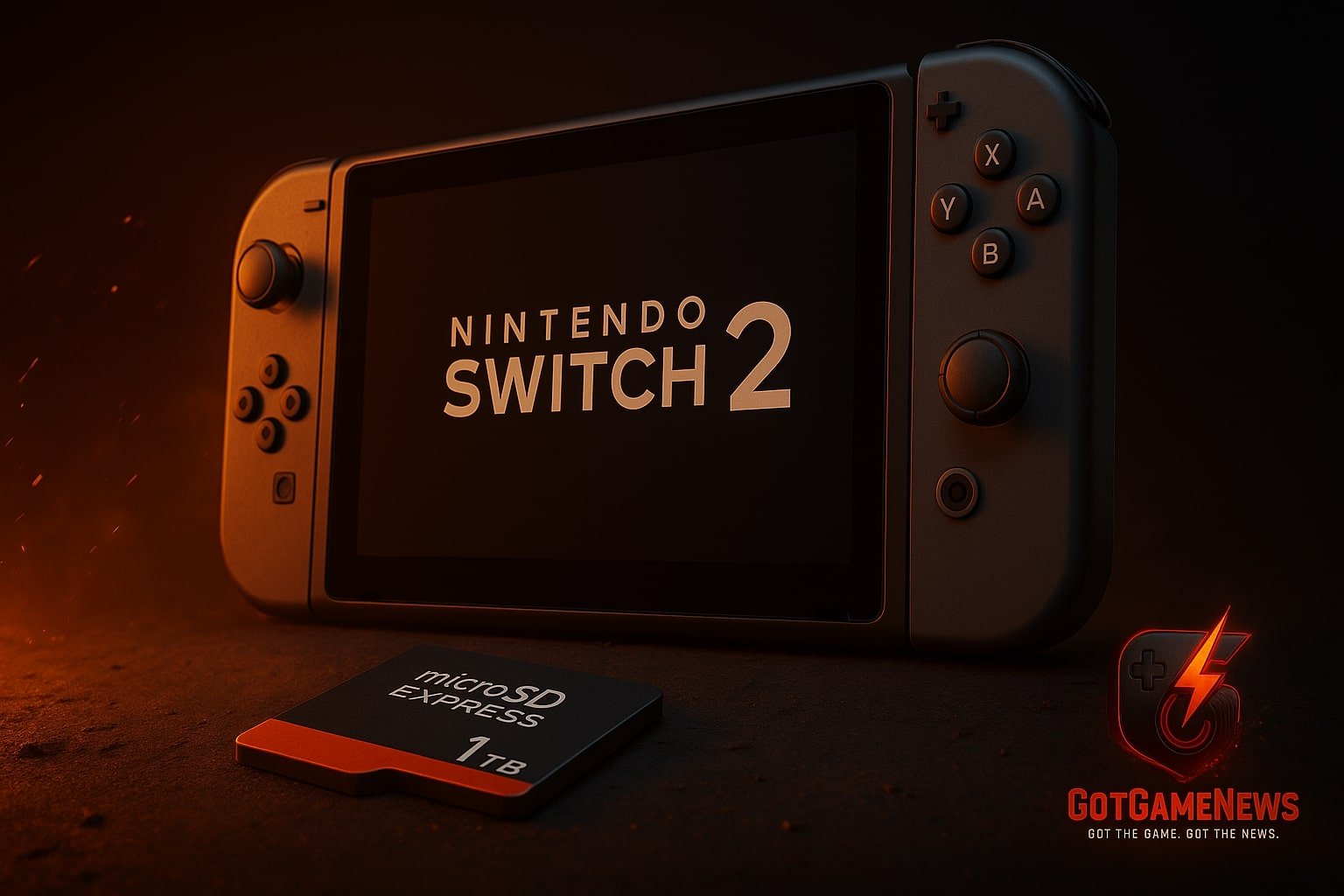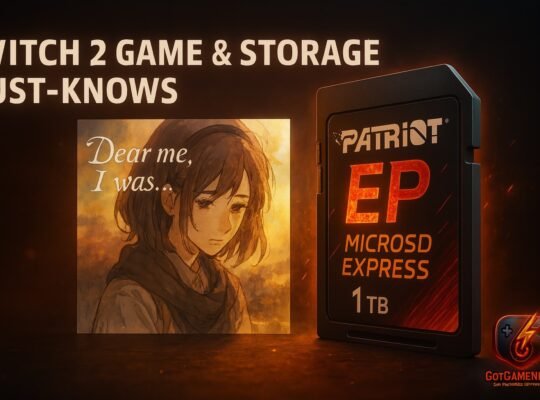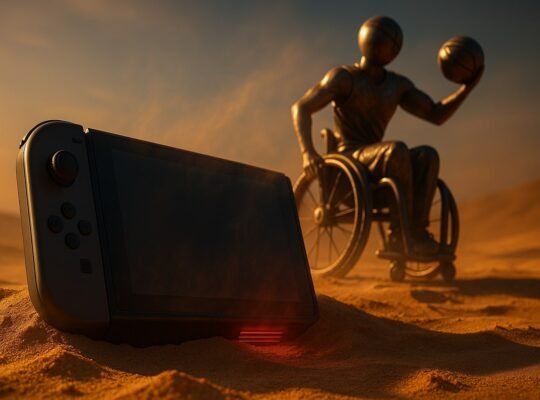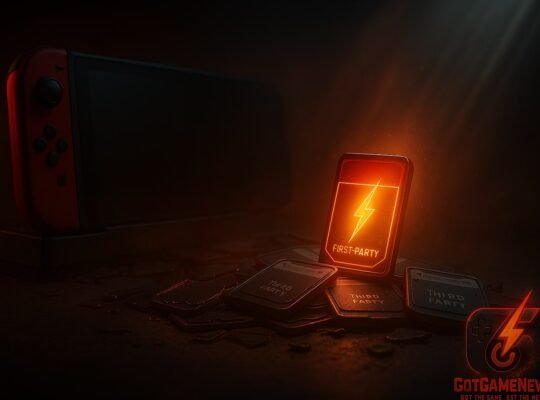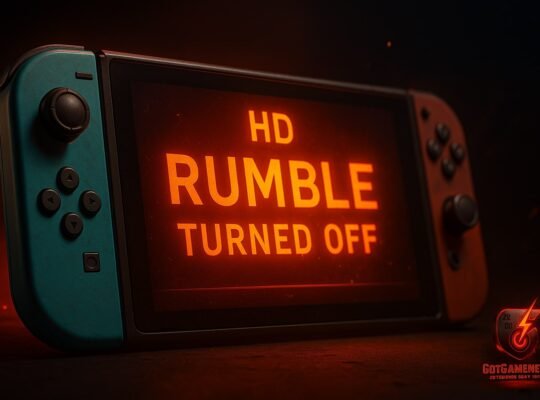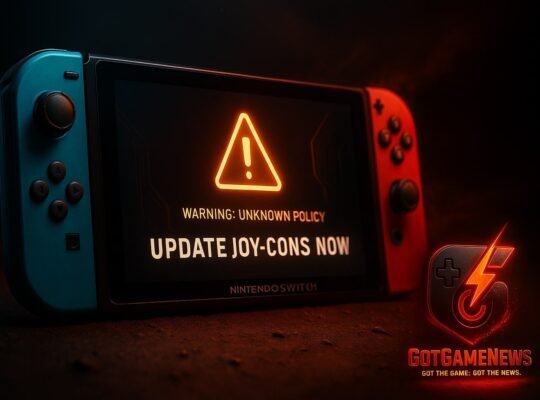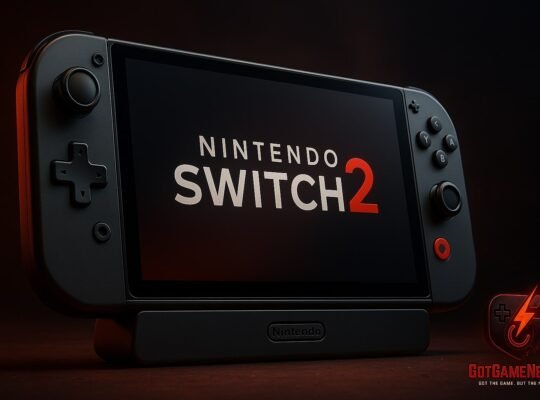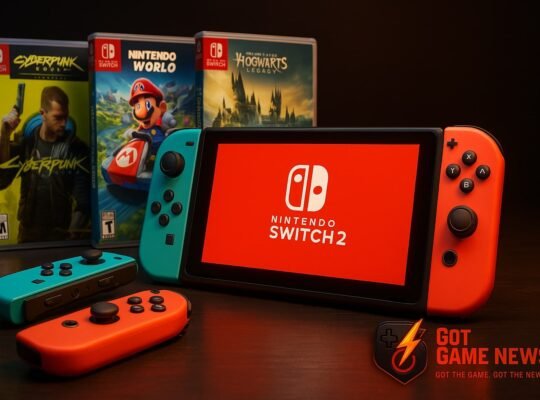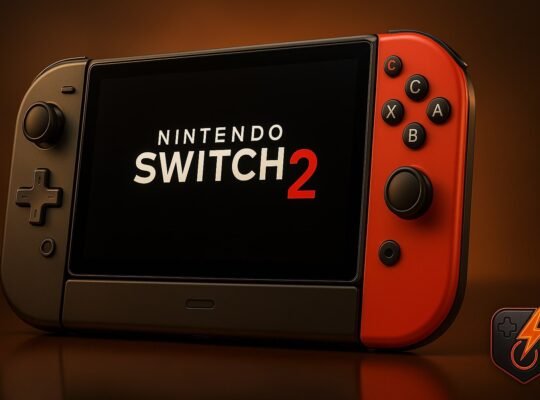The Storage Shift: microSD Express Takes Center Stage
So, the Nintendo Switch 2 is finally here, and it’s flexing more than just upgraded visuals and beefed-up internals. One major under-the-hood change that could catch a lot of fans off guard? Storage. More specifically, the Switch 2 only supports microSD Express cards for game storage, updates, and DLC. Traditional microSD cards? They’re now demoted to storing screenshots and video captures. Ouch.
This isn’t just Nintendo being picky. The Switch 2 now uses a faster PCIe NVMe interface, meaning it needs speedier memory to keep up with bigger games, sharper graphics, and smoother performance. Old-school UHS-I cards just can’t hang with the new pace.
- Speed Comes at a Price
- Where to Buy microSD Express Cards
- Why microSD Express?
- Important Considerations Before You Buy
- Final Thoughts
Speed Comes at a Price
Now here’s the rub. microSD Express cards are blazing fast, but they’re also brutally expensive compared to their slower cousins. Here’s a rough breakdown of what you can expect to pay:
- 256GB: \$50–\$70 depending on the brand
- 512GB: Around \$65 if you’re lucky, but that can spike quickly
- 1TB: You’re looking at \$150 to \$200, easy
Sure, the Switch 2 supports up to 2TB cards, but those are unicorns right now—good luck finding one unless you’re a storage hunter with a gold card.
Where to Buy microSD Express Cards
Availability is another kicker. These cards are still a niche product, and that means limited stock and wild price swings. Walmart has its house brand (Onn) offering budget options, but they go out of stock faster than a shiny Gyarados.
If you’re planning on grabbing a Switch 2, you’d be smart to snag a compatible card right away. Waiting might leave you stuck redownloading massive updates every time you need to swap titles on and off your internal storage.
Why microSD Express?
It’s all about speed. microSD Express cards are designed to match the pace of high-end SSDs, thanks to their NVMe interface. That means faster game loads, seamless world streaming, and a generally smoother experience across the board. For games pushing 4K assets, complex lighting, and open worlds, this kind of speed isn’t just nice—it’s essential.
Nintendo is betting big that this tech jump will future-proof the Switch 2 and keep it competitive with other handhelds and hybrid consoles. It also helps explain why games are starting to look and feel more AAA than ever on a Nintendo device.
Important Considerations Before You Buy
Before you rush to Amazon or your local electronics store, here are some key things to know:
- You’ll Need a System Update: The first time you plug in a microSD Express card, your Switch 2 will need to connect to the internet to update its firmware. No Wi-Fi? No go.
- Stick to One Card: Nintendo recommends using one card consistently. Swapping between multiple cards might confuse the system or mess with data management.
- microSD Express Is Backward Compatible, Kind Of: You can use a microSD Express card in an OG Switch or Switch OLED, but it’ll run at standard speeds—so don’t expect a turbo boost on older hardware.
- You Can’t Use Old microSD Cards for Games: They’re now relegated to handling only media files like screenshots and clips. That huge 1TB microSD card you bought last year? Time to repurpose it.
Final Thoughts
The Switch 2’s pivot to microSD Express is a big move—and not just technically. It’s also a statement: Nintendo’s ready to go toe-to-toe with the performance arms race of modern gaming. But that performance bump comes at a cost, and players are footing the bill.
So, before you pick up the console, make sure you budget for this crucial piece of the puzzle. Otherwise, you might be staring at a download bar longer than you’re playing Metroid Prime 4.
Are you ready to drop extra coin for faster storage, or will you wait for prices to chill out? Drop your take below!




